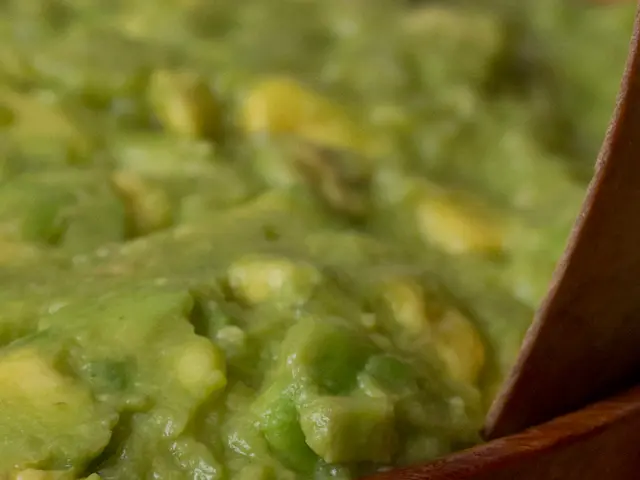Toxins found in vibrant candies: Russian experts warn against purchasing certain sweets during May festivities
Standing at the candy counter, the colorful packaging of sweets catches your eye. You're tempted to grab a chocolate rabbit or a glitzy egg, but before making that selection, it's essential to know what lies within these treats. Experts point out that some candies could contain harmful substances, despite their appealing appearance.
What did the experts uncover?
Rostest performed a study on 22 varied candy sets, ranging from budget to luxury, and discovered the following:
- Hidden preservatives: Sodium benzoate (E211), which can cause allergic reactions, and sorbic acid (E200), which can affect stomach health.
- Artificial colors: For instance, E110 ("Sunset Yellow"), deemed harmful for children in Europe and should be labeled with a warning about its impact on children's activities.
- Palm oil: Found in numerous sweet products, and its excessive intake may harm health by obstructing blood vessels.
Certain components may influence children's behavior. For example, red dye E124 can cause hyperactivity. Remember how your kid went wild after consuming gummy bears? That could be the reason.
how to select safe sweets?
- Read labels. Play detective - look for E-numbers with three-digit codes and put the product back on the shelf if you find them. Opt for candies with fewer ingredients and packaging that lists "cocoa, sugar, lecithin" as its main components.
- Inspect shelf life. Candies with a long shelf life (6 months or more) are often laden with preservatives. Look for sweets with a storage time of 1-2 months instead.
- Choose labeling without artificial colors. If you wish to ensure safety, pick products labeled "Without artificial colors" or "Organic". They may be more expensive, but your kid's health is the ultimate priority.
Alternatives when you crave something sweet?
If store-bought candies don't inspire trust, you can create your own treats at home. For example, melt dark chocolate, add chopped dates, roll the mixture into balls, and coat them with coconut flakes. These candies are not only safer than store-bought sweets but also surprisingly delicious!
The bottom line
Are you ready to spend a few minutes reading labels to avoid potential health issues? Or will you blindly trust advertising images with happy children who haven't even tasted these sweets? Remember, the choice is yours.
- Experts found that candies can contain harmful preservatives like sodium benzoate (E211) and sorbic acid (E200), which could affect one's health and stomach.
- Artificial colors such as E110 ("Sunset Yellow") and E124, which could potentially cause hyperactivity in children, have been uncovered in candies.
- In order to select safe candies, consider reading labels for E-numbers with three-digit codes and opt for candies with fewer ingredients, as well as those labeled "Without artificial colors" or "Organic".
- If one is concerned about the safety of store-bought candies, homemade treats using dark chocolate, dates, and coconut flakes can be an alternative.
- It is important to be mindful of the ingredients in candies as they might influence health-and-wellness, fitness-and-exercise, nutrition, and overall lifestyle, especially when it comes to food-and-drink choices for children.
- Ultimately, the choice between potentially harmful candies and healthier alternatives lies with the consumer, as one must consider the long-term impact on their and their family's health.








